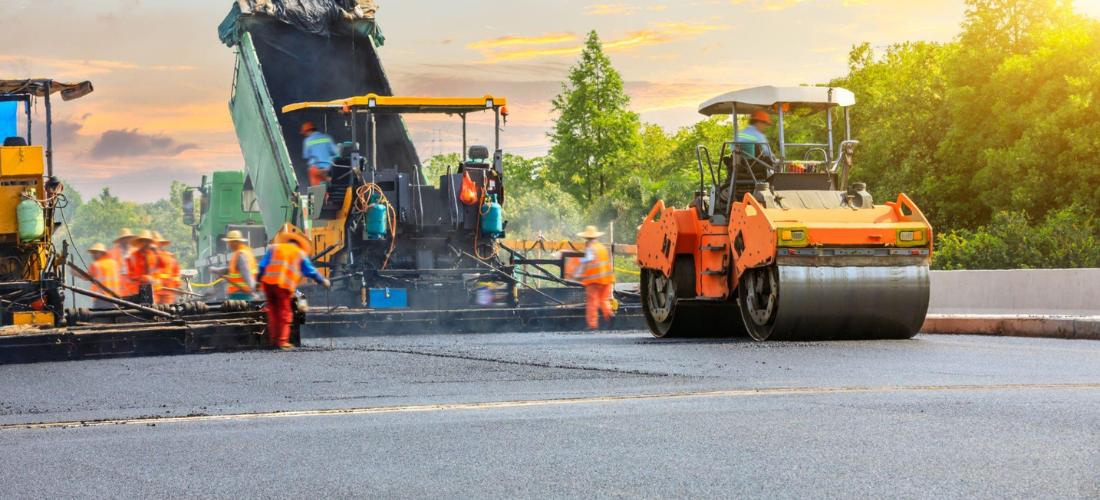Highways serve as vital lifelines, connecting cities, industries, and communities. To ensure
the safety, efficiency, and longevity of these critical roadways, effective highway
maintenance is paramount. Regular upkeep not only enhances the driving experience but
also contributes to the overall well-being of our transportation networks. In this article, we
delve into highway maintenance best practices, offering expert tips to keep highways in top-
notch condition.
- Routine Inspections are Key
Regular inspections are the foundation of effective highway maintenance. Scheduled
inspections identify issues before they escalate into major problems. From potholes to road
markings, these evaluations ensure that potential hazards are addressed promptly. - Prompt Pothole Repair
Potholes can wreak havoc on vehicles and compromise road safety. Promptly addressing
potholes through repair or patching prevents them from expanding and causing further
damage. Regular maintenance can significantly extend the life of the road surface. - Crack Sealing and Sealcoating
Cracks in the pavement allow water to seep in, leading to erosion and degradation. Regular
crack sealing and sealcoating prevent moisture infiltration, protecting the road’s integrity
and minimizing the need for more extensive repairs. - Efficient Drainage Management
Proper drainage systems are crucial for preserving highway structures. Regularly inspect and
maintain drainage systems, ensuring that they effectively divert water away from the
roadbed to prevent erosion and pavement deterioration. - High-Quality Signage and Markings
Well-maintained road signs and markings are essential for driver guidance and safety.
Regularly replace faded or damaged signage and repaint markings to enhance visibility and
clarity, especially during adverse weather conditions. - Vegetation Control
Unchecked vegetation growth alongside highways can obstruct visibility and damage road
infrastructure. Implement a vegetation management program to ensure that plants and
trees are maintained at safe distances from the road. - Address Erosion and Landslides
Inspect road embankments and slopes for signs of erosion and instability. Implement
erosion control measures and stabilize slopes to prevent landslides and preserve the road’s
structural integrity. - Innovative Surface Treatments
Explore innovative surface treatments like slurry seal, chip seal, and microsurfacing. These
treatments protect and rejuvenate road surfaces, extending their lifespan while enhancing
skid resistance and aesthetics. - Data-Driven Decision Making
Use data analytics to inform maintenance decisions. Utilize information on traffic volume,
weather patterns, and pavement condition to prioritize and plan maintenance activities
effectively. - Engage the Community
Effective highway maintenance involves collaboration with the community. Keep the public
informed about maintenance schedules, potential disruptions, and detours through
transparent communication channels. - Collaborate with Experts
Engage with experienced civil engineers, road construction professionals, and maintenance
experts. Their insights and expertise can guide maintenance strategies, ensuring that they
align with safety standards and industry best practices. - Invest in Technology
Leverage technology for efficient maintenance management. Utilize GIS (Geographic
Information Systems) to map road conditions, identify maintenance needs, and plan repairs
strategically.
Highway maintenance is not only about repairing what’s broken; it’s a proactive approach to
preserving the quality, safety, and functionality of our roadways. By adhering to these best
practices, we pave the way for highways that stand the test of time, contributing to
smoother and safer journeys for all. Through collaboration, data-driven decisions, and
expert insights, we ensure that our highways remain the backbone of our transportation
infrastructure.

